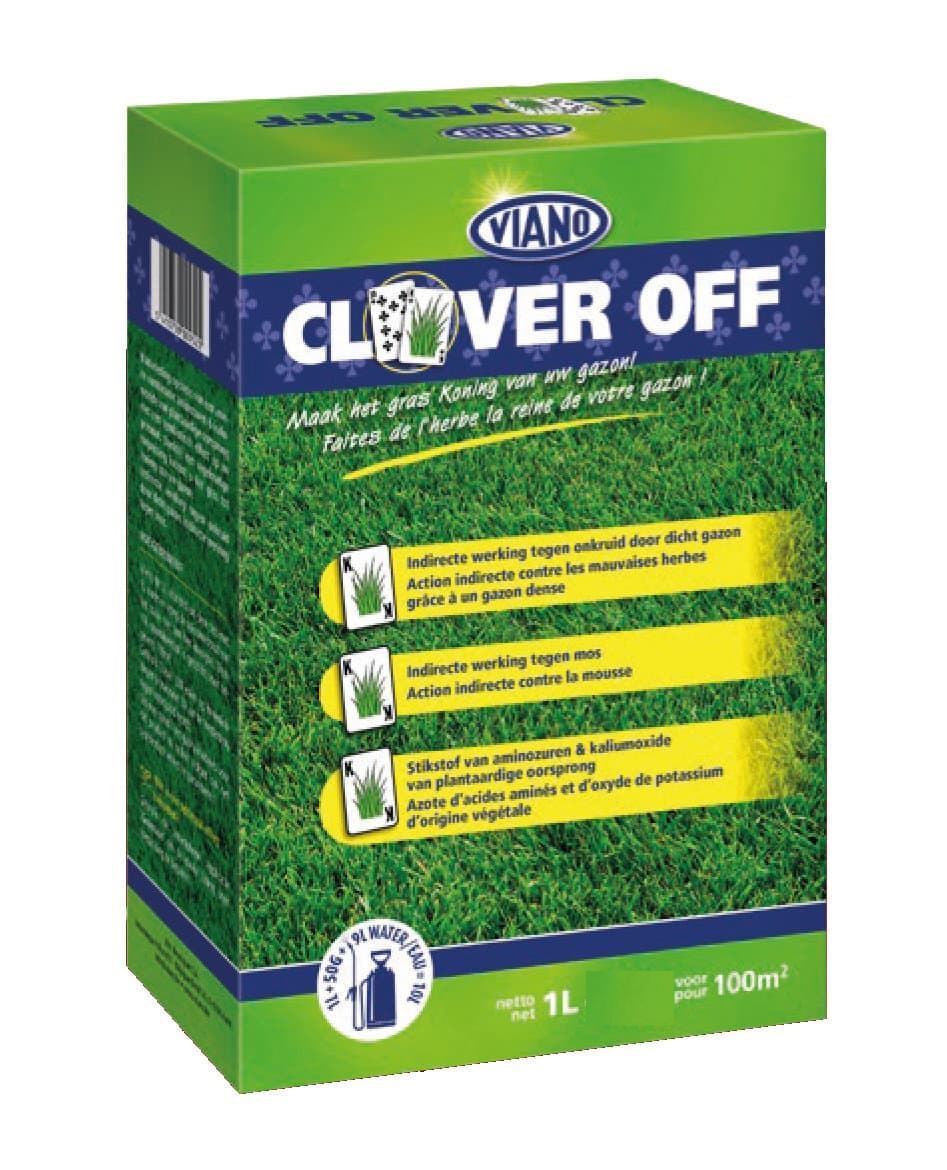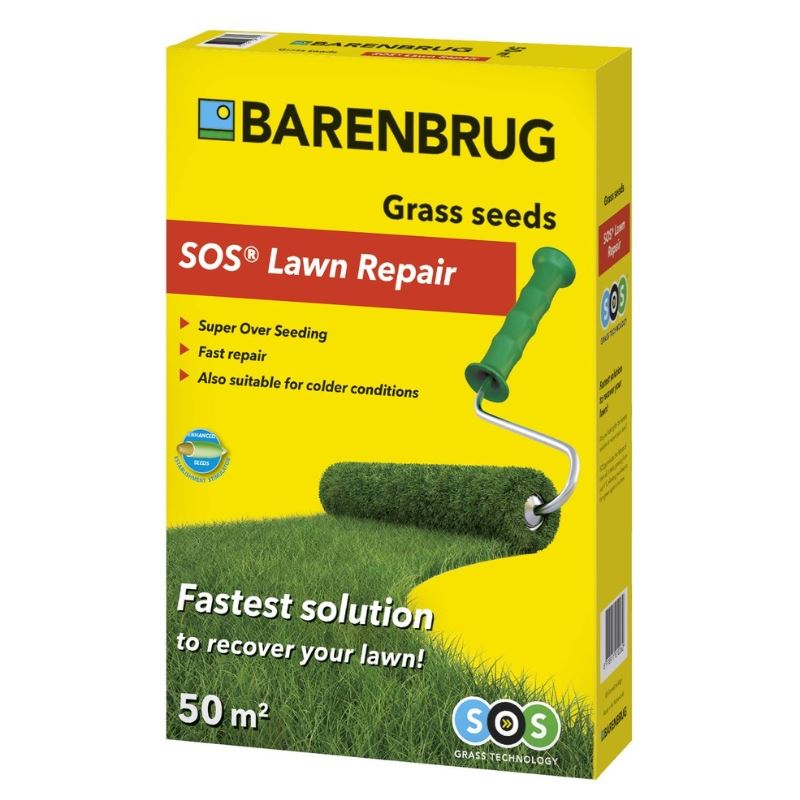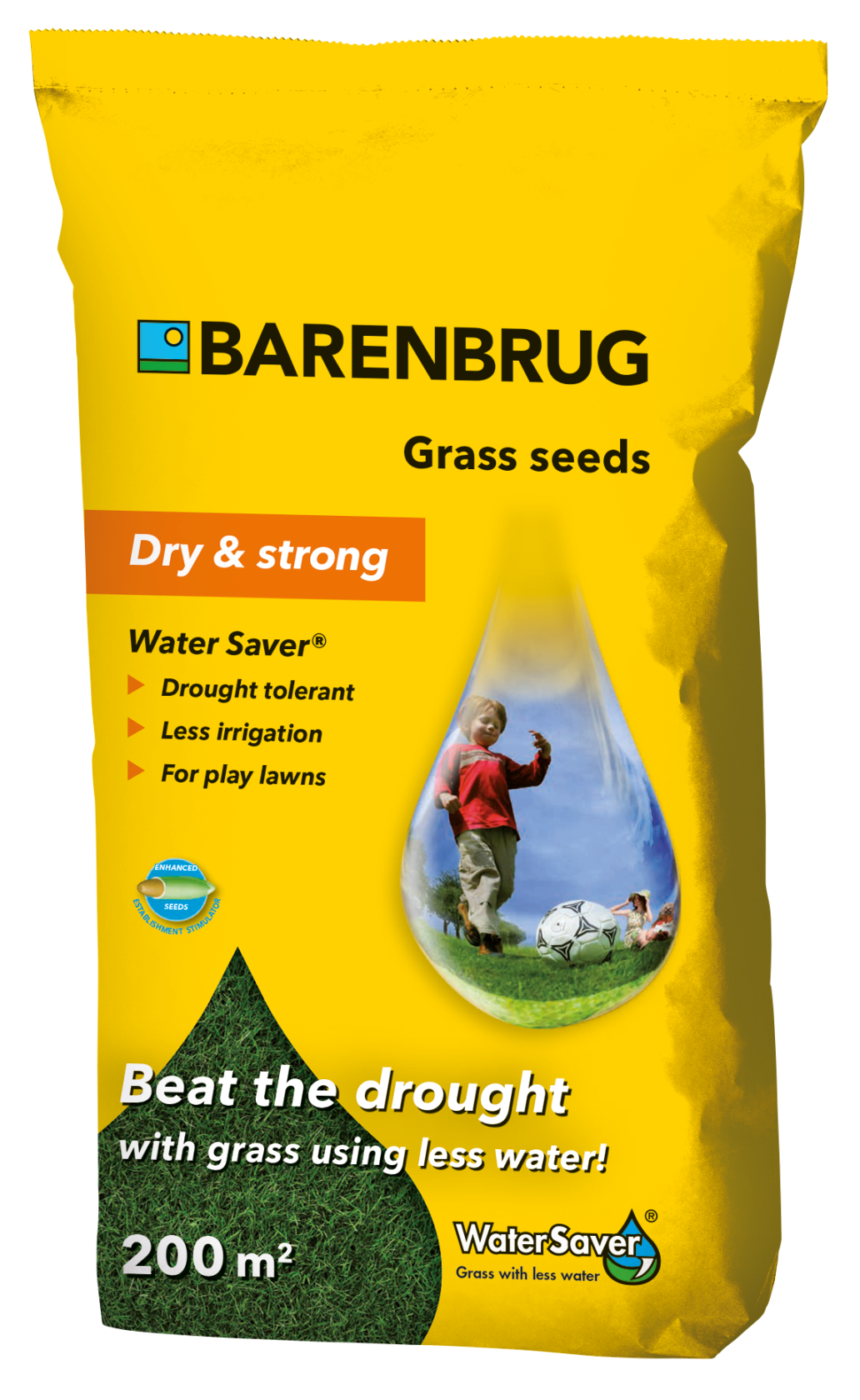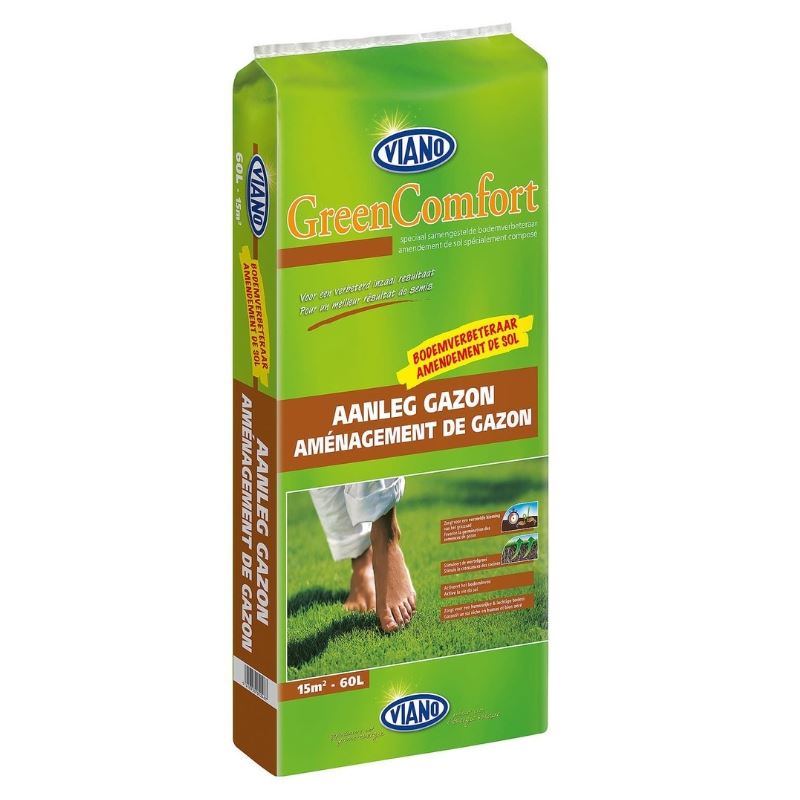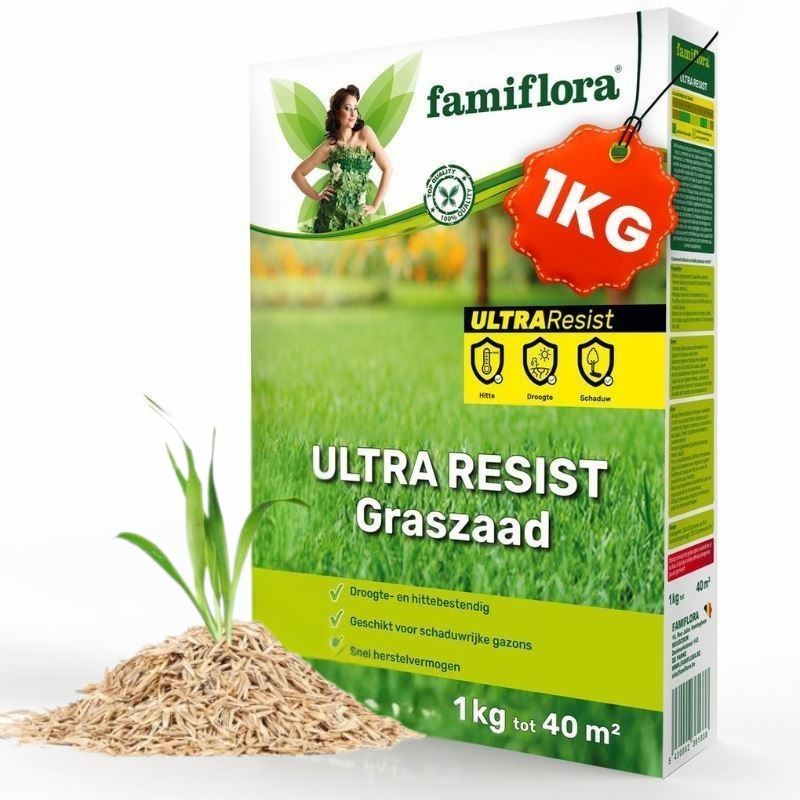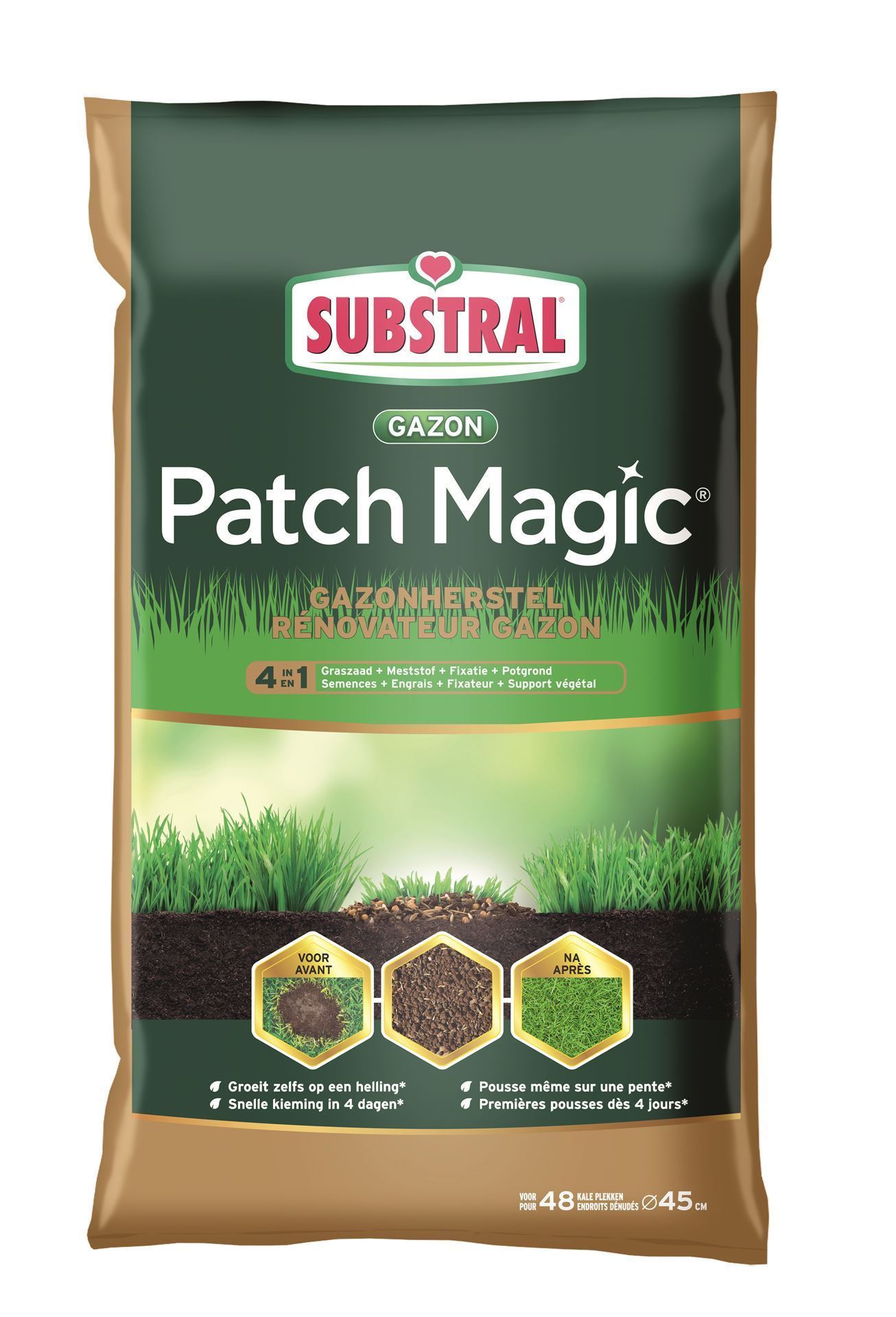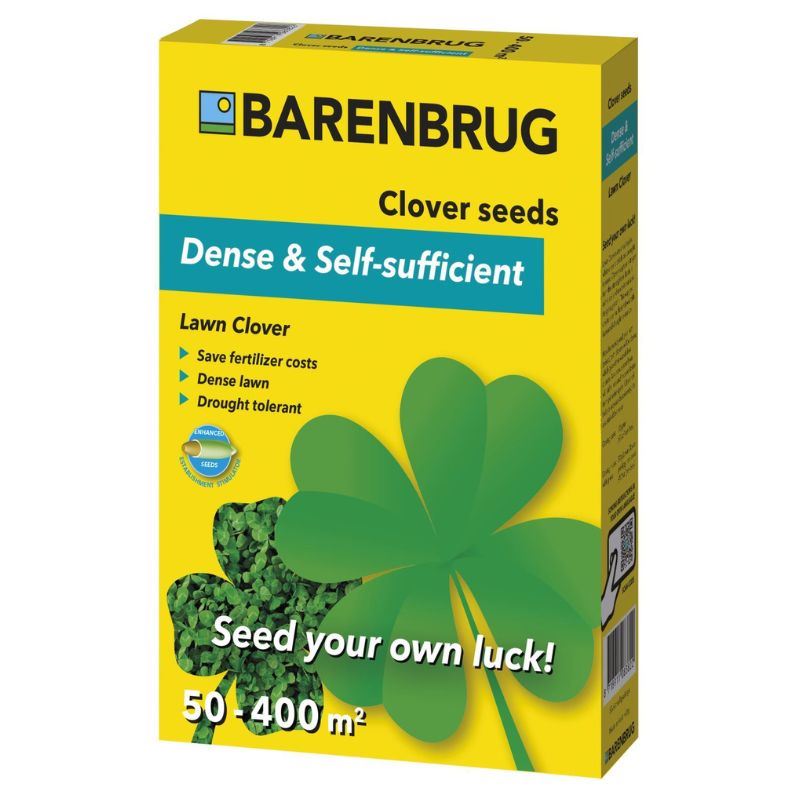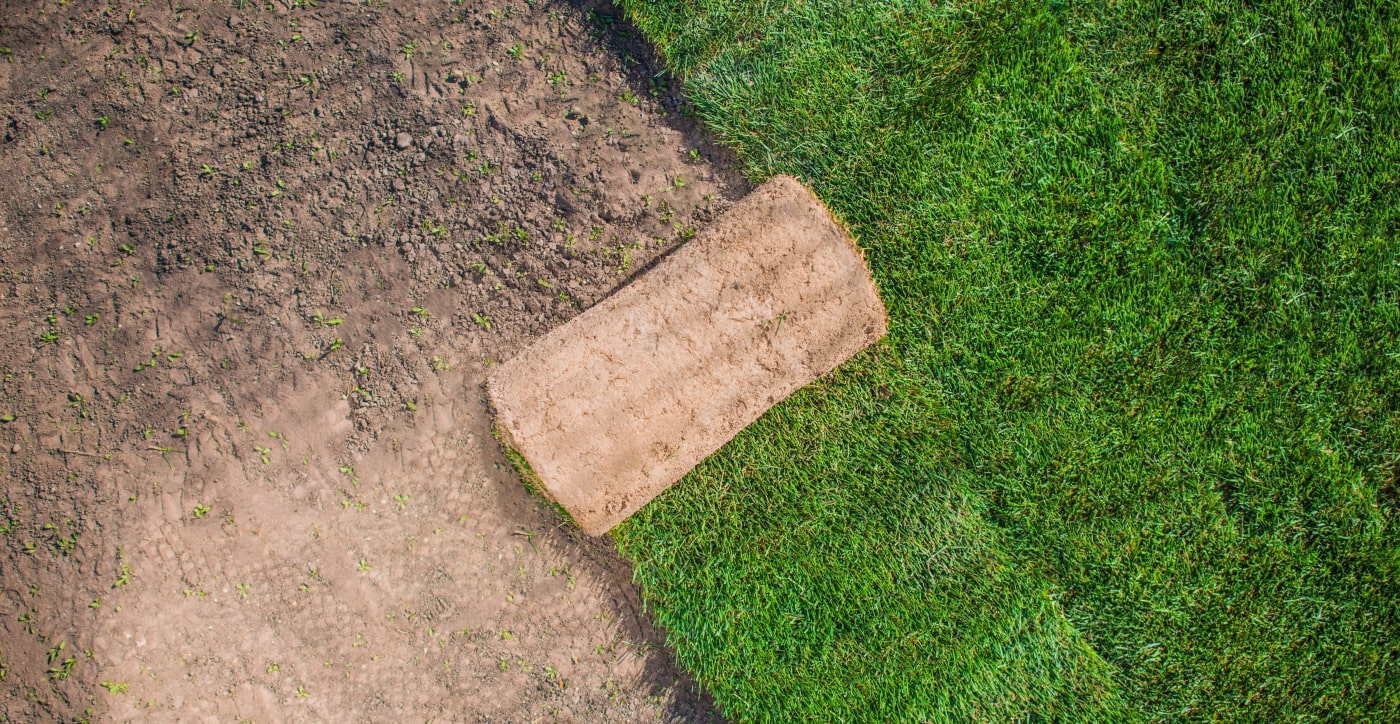
Sowing grass or laying sodd in 5 steps
In the article ""Grass seed or sodd?"" we list the pros and cons of advantages and disadvantages of sodd and grass seed.
Have you made up your mind and want to get started? Then this article is for you, because in a few steps we will easily explain how you can get a nice lawn. The preparations for sowing grass and laying turf are the same, because for both you need to provide a light and even surface.
🌱 When to sow?
Firstly, in both cases it is important to start at the right time. First of all, it is important to start in the right period. This means that you should not refresh your lawn in bright sunshine or during dry periods. Temperatures around 10°C and when rain is forecast are ideal. In recent years, we recommend sowing in March, April, May, September and October. The Barenbrug grass seed with SOS technology (Super Over Seeding), unlike other grass seeds, can however be used from 6°C onwards, but only for overseeding (overseeding = sowing an existing lawn in order to obtain a thicker grass cover). Click here for more information about overseeding the lawn.
Grass turf can be laid almost all year round with the exception of typical winter weather such as snow and frost. However, we do not recommend laying turf if temperatures below 5°C or above 25°C are predicted.
Do you have to work in a warm and/or dry period? Then make sure that you water adequately (> water 2 hours a day) and lay an extra protective layer of soil over the grass seeds so that they do not dry out or burn as quickly (for example, Viano's Recovery & Construction Soil Conditioner).
🌱 Prepare the ground
First of all, it is important to
make the ground completely free of weeds. You can do this manually but with a larger lawn this is almost impossible. For a large area, you can spray a chemical product such as pelargonic acid that will burn everything including the grass that is still there. Be careful: pelargonic acid will not kill the root system, so you will have to repeat the treatment a few times and only sow when no more weeds are growing. The alternative is to hire a gardening contractor with a spraying licence.
Do you prefer the
ecological solution? Then you can cover the weeds with a dark cloth or cardboard and because of the lack of light everything underneath will die. But that will take a few months during the growing season.
We also recommend adding an organic fertiliser with little nitrogen and a lot of potash for root growth, such as Recovery by Viano (use 1kg/20m²). Preferably do not use any nitrogen-rich or chemical fertilisers, as the risk of burning is too great. After adding these extra nutrients, make sure the soil is even and you can still crush any large pieces of earth with a rake.
🌱 Time for the turf or grass seeds
After all the preparatory work, it is time to sow or place the turf. Choosing the grass seed is of course very important. There are several factors to consider: use, location, soil and maintenance.
• Use
Is the lawn often used by playing children or pets? Then you should choose a play and sports lawn. Or do you only have a garden for the pretty picture? Then an ornamental lawn is perfect for you! Please note: a decorative lawn is more beautiful but also requires more maintenance.
• Location
Is your lawn hidden under large trees and doesn't get much sun? Then it is better to choose a shadow lawn.
• Surface
Do you suffer from a dry sandy soil? Then the Water Saver is highly recommended! This type of grass has a coarse structure but will root very deep into the soil to provide itself with water. With the increasingly drier summers in mind, this is certainly a good idea, even for gardeners without sandy soil.
• Maintenance
Don't have much time to work in the garden? Then the Mow saver can help you! This slow-growing grass seed allows you to save up to 35% of mowing time and 50% of mowing waste each year. This mixture is also ideal for robotic mowers. In the case of turf, the choice is smaller, but on the other hand, you can enjoy a beautiful lawn immediately.
Sowing
Sowing grass is usually done by hand, but you have to master this operation a little. Always sow
crosswise (first lengthwise and then widthwise) in order to get the same amount of seed distributed everywhere. To avoid sowing too much or too little, you can first sow a smaller quantity, for example 1 kg.
To do this, mark out a square in your lawn of 30 m² and distribute the seed over it. This way you will immediately see if you have distributed the grass seed well. Then
work in lightly with the rake so that the lawn and the top layer are mixed together. Then go over it with the garden roller so that the seeds do not lie on the ground but in it or under it. Especially during dry and warm periods it is important to put a (thin) layer of soil or soil improver on top of the seeds so that the sun cannot burn them and they do not dry out. Otherwise the grass seed will not germinate.
Placing turfs
When placing turfs, you
prepare the ground in the same way as you would for sowing. Keep in mind, however, that the turf will have to be laid slightly lower than the terrace or garden path adjacent to the grass so that you get a nice transition in the garden. The soil should therefore be about two centimetres lower than the terrace or path.
Heb je een rechte kant door een pad of terras? Dan begin je daar best
de eerste zode tegen te leggen. Op die manier kan je makkelijk recht werken. Zo niet, zal je goed moeten opletten dat je de graszoden recht en dicht tegen elkaar legt. Werk steeds van achteren naar voren zodat je niet continu over de reeds geplaatste matten loopt. Nadat de zoden gelegd zijn, kan je er opnieuw de tuinwals overhalen om ze goed aan te drukken tegen de grond.
Do you have a straight side through a path or terrace? Then it is best to start lay the first turf against it. That way you can easily work straight. If not, you will have to pay close attention to laying the turf straight and close together. Always work from the back to the front so that you do not continuously walk over the mats that have already been laid. After the turf has been laid, you can run the garden roller over it again to press it firmly against the ground.
Watering
For both grass seed and turf, it is important to start watering immediately after installation. Even when it rains, you have to water extra, because rain alone is often not enough. In warm and drier weather (more than 20°C), it is better to turn on the sprinklers three times a day for about two hours. As soon as the grass starts to squeak, you can water it weekly (or a maximum of twice a week) so that the roots can root deeper into the soil and suck up water themselves.
Aftercare: weeding, fertilising & mowing
After one to three weeks, the grass seed should emerge, but this depends greatly on the type of grass seed. For example, recovery lawn sometimes emerges after just a few days, but the
RPR and water saver are slow to emerge (it can take up to 6 to 8 weeks, depending on weather conditions). Are you itching to start mowing? Then it's best to wait a little longer, because the grass mixture contains different types of grass, and some will come up sooner than others. Otherwise you could damage the lawn. Also with turf, it is advisable to wait about two weeks before mowing. Always cut the grass at a high level the first time. After three weeks, even the youngest can enjoy themselves on the lawn
Do you see weeds appearing between the grass?
Then remove them immediately manually or with a weed whacker. Selective weed killers cannot help since the ban in Belgium and spraying is not good for a young lawn anyway. Do not spread nitrogen-rich fertilisers in the first few months after sowing either, as there is a good chance that the young grasses will burn. And above all: enjoy your lawn after all that hard work!

Tip from Marcel
Do you want a green lawn but with a bit of variety? Then consider sowing turf clover. In the past, a lot of spraying was done to avoid the common clover in the lawn. But these agents are now banned and it is increasingly difficult to keep your lawn ""perfectly green"" as it used to be. But what is actually wrong with clover? Clover is green, stays low and ensures that there are fewer bare spots (where weeds can grow). Finally, clover takes up nitrogen from the air and releases it into the soil, thereby increasing soil fertility.
The grass is always greener at Hermie's and so is yours with our tips! 👇
More info? Receive all our gardening tips directly in your mailbox!
We'll only email you handy facts, green advice and our best promotions & discounts. You'll receive it about once a week and you can unsubscribe at any time. No spam, promise 🤞












